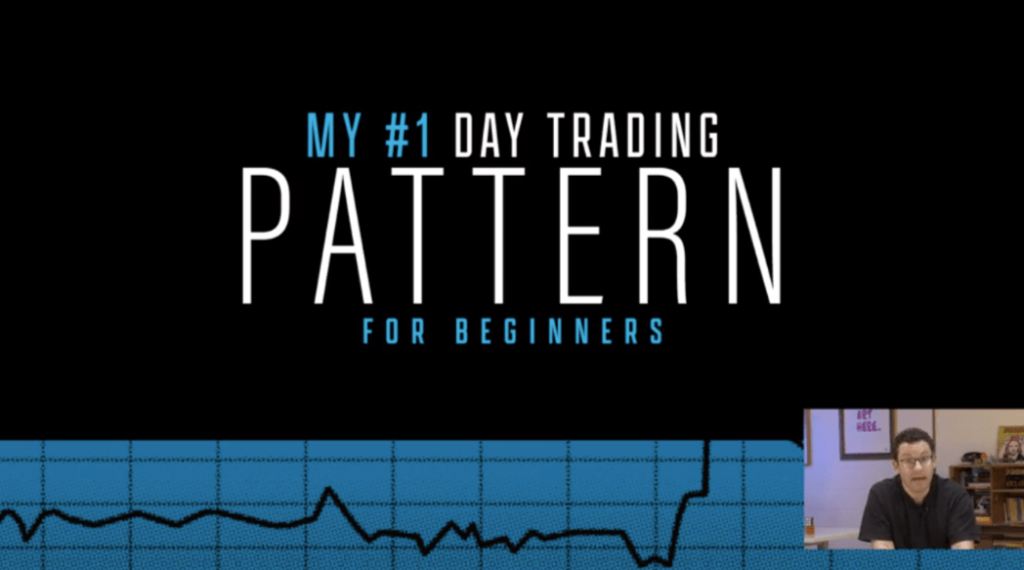On Tuesday, the SPDR S&P 500 ETF Trust (NYSEARCA: SPY) dropped 1.3% in a broad market selloff … leading to something I’ve been warning you about recently.
I think Tuesday’s huge red day is telling us something — this is the beginning of the end of this bear market rally.
As of now, the odds are high for further downside in the overall markets, which I expect to lead to some juicy setups on the short side.
Bottom line: I’m predicting more overall market downside throughout May and June. (There’s a good reason that “Sell in May and Go Away” is a famous saying in the stock market … the period from May to October is one of historical underperformance for the major indexes.)
Every rally or bounce moving forward could potentially be a put-buying opportunity. This could quickly turn into an incredible market for bearish options traders. Prepare accordingly.
Now, of course, I could be wrong. I don’t want anyone blindly following my gut feeling (more on that later)…
In uncertain times such as these, you must do your own due diligence and only enter trades you’ve researched extensively.
Additionally, there are a few steps I’d like you to consider taking as we potentially face a major turning point for the stock market.
Keep reading and I’ll show you…
Watch Your Charts Closely
Throughout my 10+ years as a professional trader, few exercises have been more valuable than simply watching charts.
Not trading or analyzing … watching.
I know it might not sound like the most exciting thing in the world, but trust me, it’s incredibly valuable (especially for newbies).
Watching charts can help you understand how stocks behave without getting emotionally involved in a trade.
Additionally, it’ll start to teach you the art of technical analysis, which is an important part of developing your own trading strategy.
When I was starting out as a trader, I spent a lot of time watching charts. Doing so was crucial to developing my own successful trading strategy, which has made me $4 million+ in verified profits.
And right now, as signs of the bear market rally ending get stronger and stronger, it’s more important to observe your charts closely.
So, as you watch charts this week, here are some questions you should ask yourself:
- What price does the stock usually trade at (support)?
- What price does the stock usually trade below (resistance)?
- How does the amount of trading each day relate to the price of the stock?
- What is the 14-day RSI on the chart? Is the stock overbought or oversold?
- What happens to the chart when the price is near important indicators like the VWAP, 50-day moving average, or 200-day moving average?
- Is the chart potentially heading for a first red day or first green day?
Once you get the hang of watching charts, you can start experimenting with technical analysis and figuring out what indicators work best for you.
Don’t Ignore The Big Picture
As a day trader, it can be easy to get caught up in small details and ignore broad market trends.
However, this is dangerous. And to avoid this, it’s important to keep an eye on the big picture.
When I say “the big picture,” I’m usually referring to the overall price action of the markets.
A great way to gauge this is by looking at the SPDR S&P 500 ETF Trust (NYSEARCA: SPY) which tracks the 500 biggest companies in the U.S.
After all, there’s a good reason I begin every one of our weekly webinars by looking at the SPY chart — it gives us a clear view of the big picture in one single frame.
By monitoring the SPY, you can better understand the sentiment of the overall markets, which can help you predict the direction of individual stocks.
It’s also important to pay attention to the SPY in relation to the other stocks you’re trading.
For example, by analyzing the overall market weakness within the big picture, I was able to identify a recent trading opportunity in Nvidia Corporation (NASDAQ: NVDA) which resulted in a 50% overnight gain!
Bottom line: Keeping an eye on the big picture may help you identify trading opportunities (and broad market trends) that you might miss otherwise.
Follow Your Intuition
As you’ve probably noticed, I’m primarily a technical trader. I analyze charts and trust my technical analysis to guide my trades.
However, there’s another critical strength traders must nurture that has nothing to do with charts — intuition.
And this is even more important in periods such as this one, where the market looks to be gearing up for a major trend reversal…
If you’ve been scrolling through social media lately, you may have noticed a lot of inexperienced traders who think they’re macroeconomic geniuses…
But if you want to have any chance of being a successful trader, you need to tune this noise out completely.
Trust your gut. Intuition is an invaluable tool for traders. If you have a strong feeling, it’s worth considering taking action…
Will your intuition always be correct? Definitely not. Nothing has a 100% success rate.
But as you gain more experience, I bet you’ll notice that your gut predictions become more accurate…
Then, you should be able to marry your intuition with your technical analysis…
If you have a gut feeling, and can then confirm your ideas with technical indicators, that combination will give you a higher conviction to pull the trigger than one or the other by itself.
This is where skill, experience, and intuition come together, leading to a major breakthrough for many traders.
So, don’t ignore your gut feelings. Trust them, and you may find yourself pleasantly surprised at the results.
Final Thoughts
The recent selloff in the stock market and the signs of the bear market rally coming to an end are impossible for me to ignore. Be cautious and disciplined.
It is essential to watch the charts closely, pay attention to the big picture, and trust your intuition as a trader…
By doing so, you can better navigate these uncertain times and potentially identify profitable trading opportunities.


